Taste of winter sun
A diverse and exciting wine region, South Africa
has much to offer, find Carole Boyle and Richard Lane
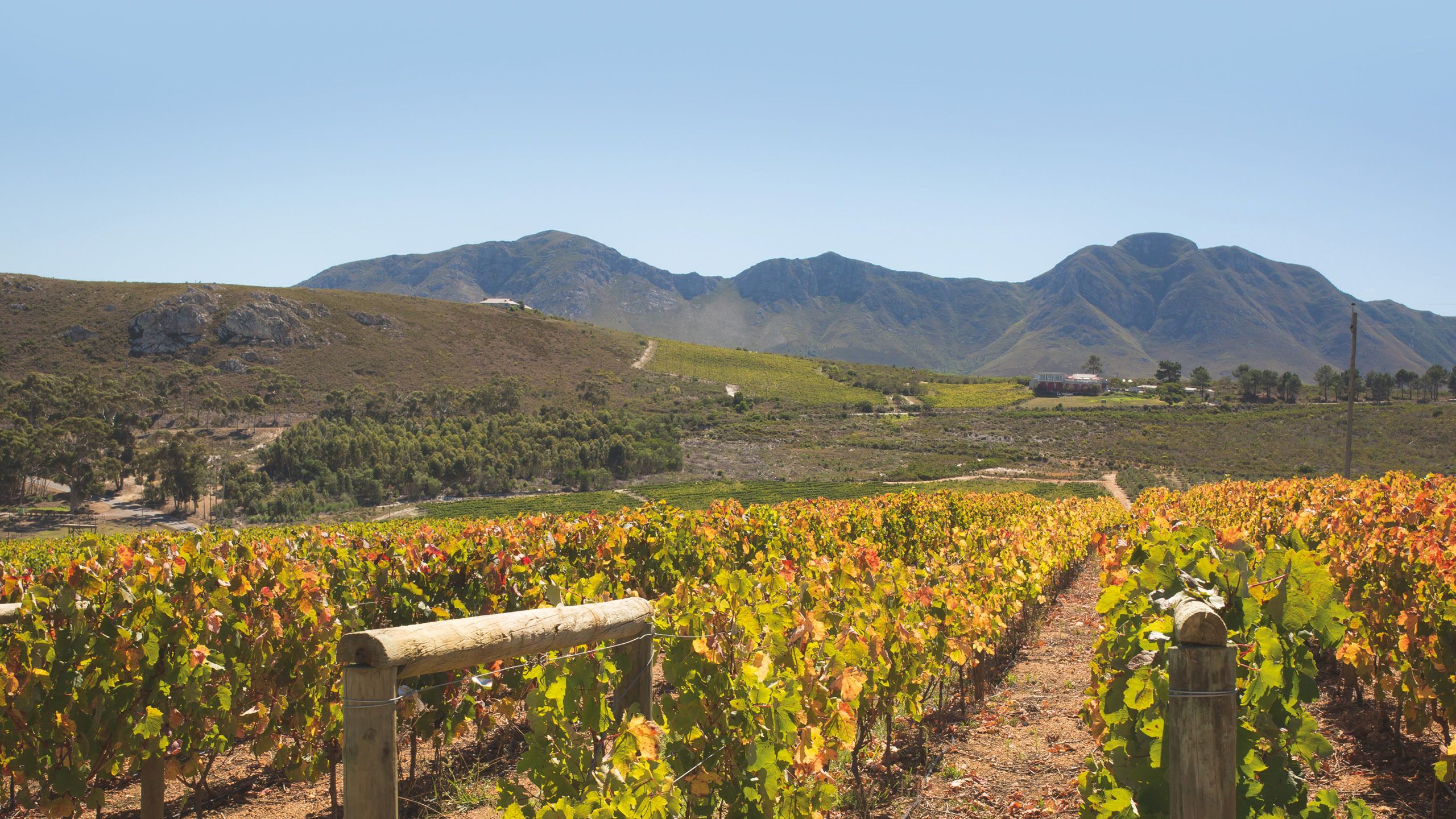
Carole A Boyle DipWSET Dental Editor, Surgeons’ News
Richard Lane DipWSET DipWSET wine educator, journalist and podcaster The Wine List
You might think of South Africa as a New World wine producer, but there is a long history of wine production in the Cape predating new kids Australia and New Zealand by centuries.
Vines were planted by the Dutch settlers in the 17th century, who used Cape Town as a stopping point to load up fresh supplies for their ships. The first bottle was produced in 1659. Over the centuries, the fortunes of South African wine came and went – the sweet Vin de Constance, for example, was enjoyed by Napoleon Bonaparte and mentioned by Jane Austen.
In the past century plantings increased with a focus on quantity over quality, dominated by one government-funded cooperative, KWV. South Africa was isolated during the apartheid era with boycotts of its products – not a good time for the country and its wine.
The first democratic elections were held in 1994 after the release of Nelson Mandela from prison, eventually culminating in the end of apartheid. These changes led to wine export markets opening up and producers gaining access to new technologies to grow higher-quality grapes and make better wine.
"Chenin blanc is the Cape’s most planted white variety, producing stone and tropical fruit aromas with ripeness"
Since then quality and quantity have increased, with South Africa becoming the eighth largest wine-producing country in the world. Wine exportation and tourism make significant contributions to the economy. The home market is also increasing, with South Africans moving away from traditional beer consumption.
Over the past three decades the number of wine farms – South African for vineyards – has grown, ranging from huge wine emporia set up for tourism to small family farms with limited tasting facilities. Wine tourism is big business – some of the larger estates have hotels, restaurants and wedding venues. Some feature art galleries, sculpture parks, walking routes, bike trails and even chocolate or cheese tastings.
Great grapes
A wide range of grapes are grown, but South Africa has its own unique grape, pinotage. Created in 1925,
it is a crossing of the black grape varieties pinot noir and cinsault, the latter previously known as hermitage, hence the name. Admittedly it had a reputation for undistinguished rubbery aromas on the nose and hefty tannins on the palate when it first emerged in the UK in the late 1990s, but improved wine making has led to a much-improved fruitier expression. One of the top estates for pinotage is undoubtedly Kanonkop, whose wines consistently win prizes and attract high prices.
South Africa’s signature white grape is chenin blanc. Traditionally associated with the Loire, it is the Cape’s most planted white variety, producing stone and tropical fruit aromas with ripeness. Look for old vines on the label for more complexity.
Most wine estates are found in the Western Cape around Cape Town, where the Mediterranean climate and soils make for ideal conditions, but grapes are grown further inland in the Swartland, which is much hotter. The name refers to small plants that take on a dark appearance when it rains. Here Rhône varieties such as syrah grow well.
Spoilt for choice
Further down the coast in the Hemel-en-Aarde Valley (translated from Afrikaans as ‘heaven and earth’) the cooling breezes from Benguela Bay provide ideal conditions for white wines. Particularly recommended are Creation, which has a stunning restaurant with food and wine pairing; and Ataraxia, whose tasting room is
in a beautiful chapel-like building with fantastic views down the valley.
Further up is Elgin, which resembles its Scottish counterpart: green and lush, on a mountain plateau. There’s a Scottish connection at Iona wine farm, which estate owner Andrew Gunn named after his ancestors who hailed from that island – and the label features a Viking longship. The seaside town of Hermanus is a good base to explore this area.
The university town of Stellenbosch is worth a visit and is ideal for accessing the 48 wine farms on the local wine route. Franschhoek is a smaller and prettier town, home of the Franschhoek Wine Tram, making it easier for everyone to enjoy wine tasting. The number of routes has expanded and now includes buses. Constancia is the smartest suburb in Cape Town and includes the oldest wine estate, Groot Constantia. It is now a national monument with a wine museum housed in a traditional Cape Dutch-style building.
The UK is an important market for South African wine, which can be found at a range of prices in supermarkets and wine merchants. The rand is one of the few currencies faring even worse than the pound on currency exchanges, making South African wine excellent value.
It was difficult to select only four wines to represent this diverse and exciting wine region. It’s worth exploring the supermarket aisles and perhaps considering a trip for some winter sunshine wine tasting.
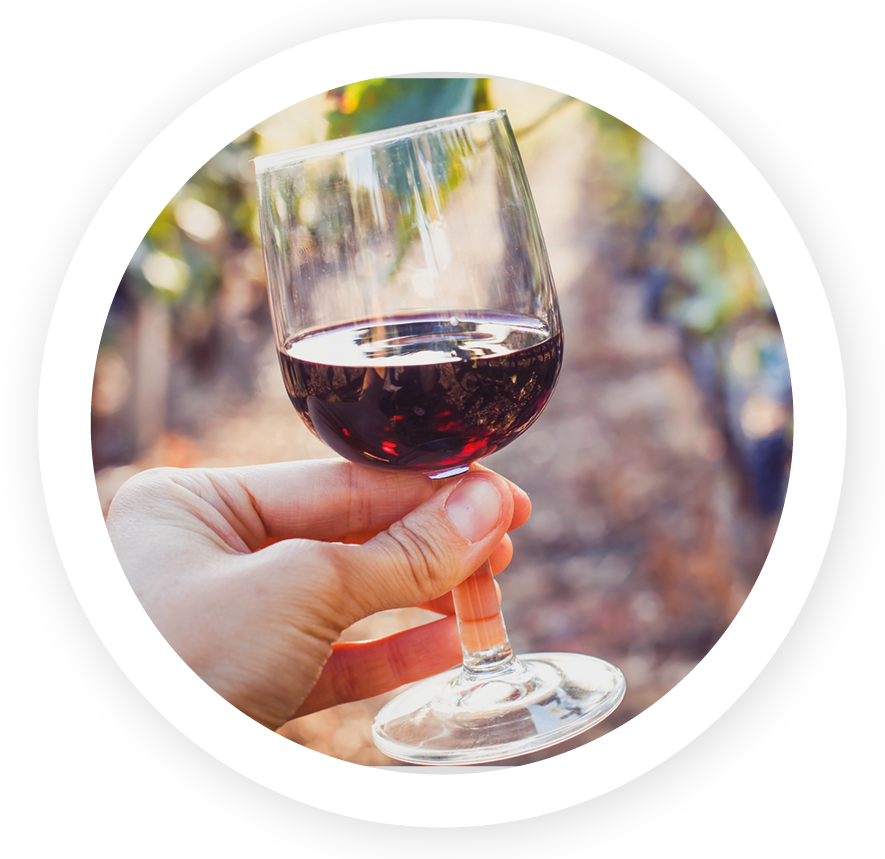
Tasting notes
Explore South Africa’s wide variety of wines
Babylon’s Peak Chenin Blanc
Available from All About Wines (£11.69)
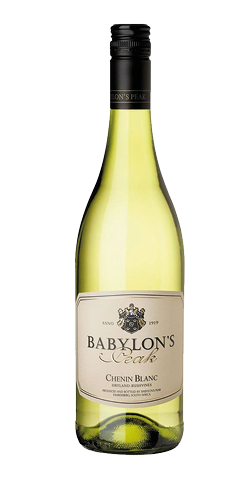
This small boutique wine farm in the Swartland has been a favourite of Carole’s since she first visited in 2009. The wine maker and owner, Stefan Basson, produces Rhône varietals and this crisp, fresh and fruity chenin blanc from low-yield dryland bush vines.
Creation Chardonnay
Available from Majestic (£15.99)
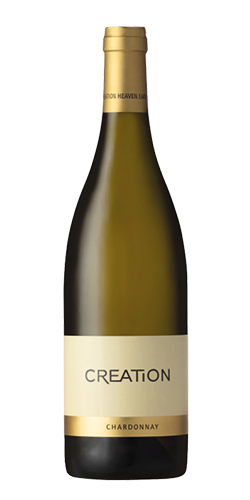
The Swiss wine maker Jean-Claude Martin and his South African wife, Carolyn, have the largest estate in Hemel-en-Aarde. The wine has stone fruit aromas with a creaminess from being left on the lees for 10 months. This is their entry-level white wine; if you enjoy it, consider trying their more complex Art of Chardonnay.
Fairview Barrel-aged Pinotage
Available from Waitrose (£10.99)
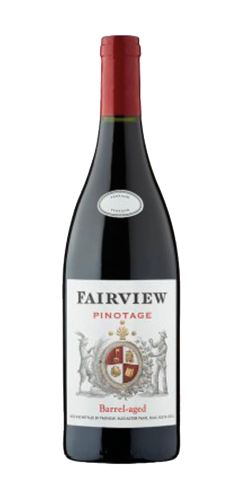
An easily accessible pinotage for those who have not tasted this grape before. It is medium bodied with plum and spice from the oak barrels.
Kanonkop Kadette Cape Blend
Available from Tesco (£13)
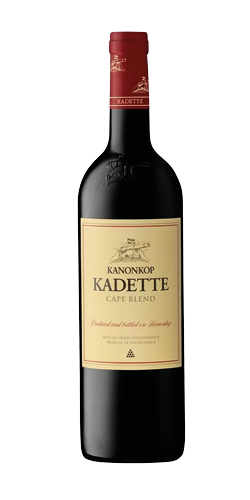
This is an interesting blend of bordeaux grapes: cabernet sauvignon, merlot, cabernet franc and petit verdot with pinotage. The wine has concentrated berry, cherry and plum flavours with soft, silky tannins and a hint
of spice on the finish. Again, if you enjoy this entry-level wine, do look for other bordeaux blends from this producer.

